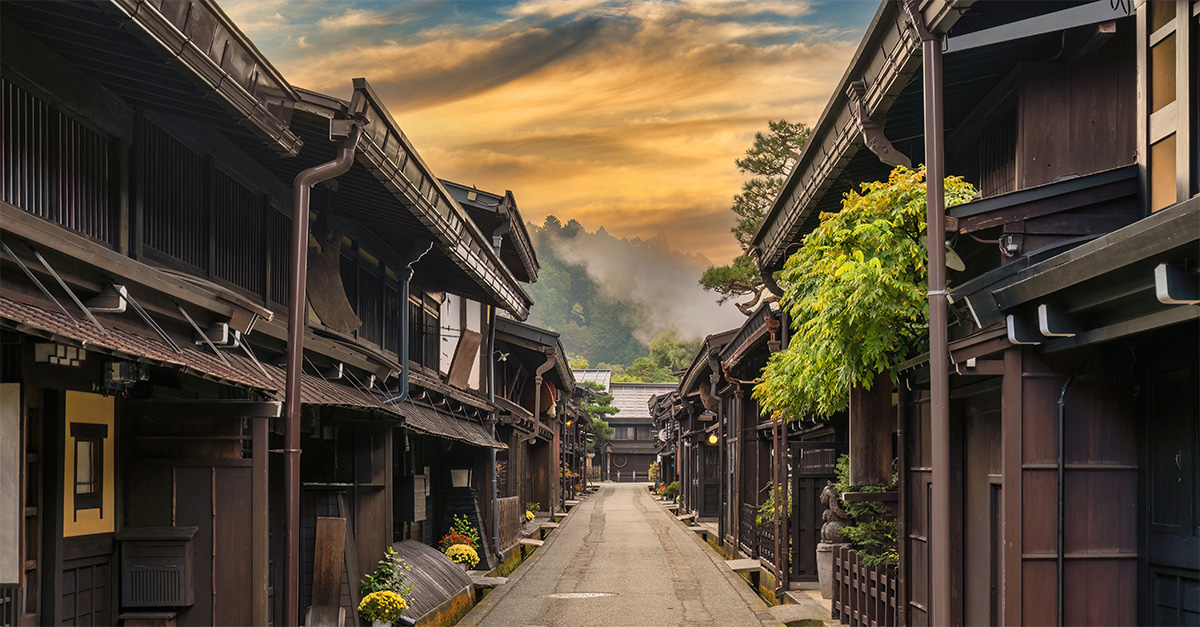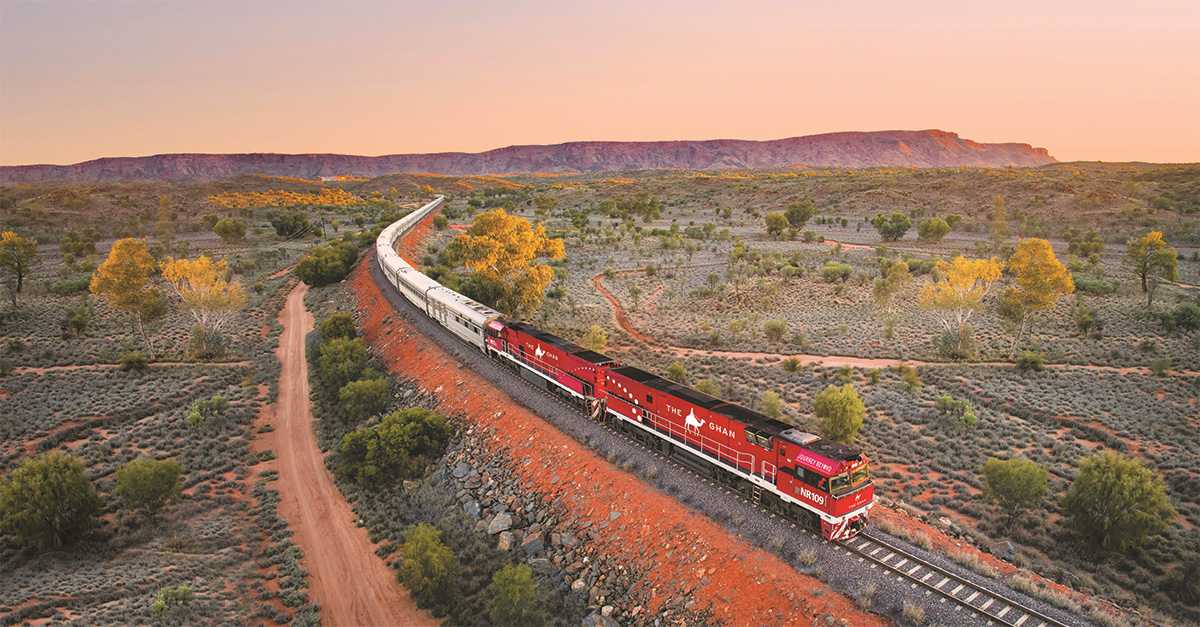Tamara Hinson heads to the Himalayas for an adventure through northern India.
Click here to download and save as a PDF.
Although I imagine climbing Everest must be rather satisfying, it’s also expensive. And time-consuming – eight days just to get to base camp.
Luckily, northern India’s starring role on many operators’ itineraries means it’s easy to get an adrenaline fix without scaling the world’s tallest mountain.
As a growing number of operators offer adventure-packed itineraries to the region, which has some of the country’s best rafting, trekking and cycling, it’s time to get on top of what’s hot in the Himalayas.
Rishikesh and Uttarakhand
The Himalayan state of Uttarakhand is a great starting place, and the holy city of Rishikesh, an hour’s flight north of Delhi, makes the ideal base.
Perched on the banks of the Ganges, it’s a popular stop on northern India itineraries, such as Intrepid Travel’s Hike, Bike and Raft tour, which takes in Uttarakhand’s most exhilarating destinations. These include Gopeshwar for its cycling and Chopta for trekking.
“Since the arrival of the Beatles at an ashram 50 years ago, it has also been India’s self-styled yoga capital.”
The best bit? Despite being surrounded by spectacular peaks, Rishikesh’s low altitude of 372 metres means there are no acclimatisation issues.
Rishikesh has the Ganges to thank for its popularity. It is regarded by Hindus as the holiest river, and pilgrims flock here to bathe in the waters. Since the arrival of the Beatles at an ashram 50 years ago, it has also been India’s self-styled yoga capital.
So it’s hardly surprising that I’m here for a dip in the Ganges – although not for religious reasons. Instead, I’m rafting from a village high above Rishikesh towards its centre. This stretch of river is now lined with adventure camps and boutique hotels, including my base, Raga on the Ganges, where a cluster of cosy huts perches on the riverbank.
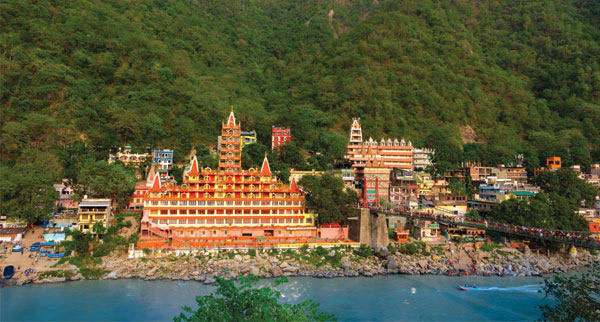
The two-hour journey from Dehradun airport isn’t for the faint-hearted. At times there is just a crumpled barrier between my taxi and the vertiginous drop to the river, and the air is filled with the blasts of horns as drivers of dinghy-topped SUVs whiz along the mountain roads.
The village I’m staying in, Singthali, is quiet and crowd-free. In the morning I’m woken by shivering monkeys, damp from being in the Ganges, tapping on my window. Lizards scuttle away as I head to breakfast in a dining room that has breathtaking river views.
“I navigate the final set of rapids from outside the boat, holding onto the rope wrapped around the dinghy’s edge as we float towards Rishikesh.”
Unsurprisingly, the most popular activities are water-based. At Jumpin’ Heights, self-described as India’s first extreme adventure zone, visitors can bungee jump over the Ganges or fly above it on a three-person zip line. There’s plenty for land lubbers too, including treks to local temples and to the waterfalls trickling through the Shivalik mountains.
Rafting, however, is the biggest draw. The rapids generally fall within categories one to four. During my two-hour rafting excursion, I drift past sandy beaches, beneath bouncing rope bridges and past orange robe-wearing sadhus (holy men), before taking a dip in the surprisingly chilly waters of the Ganges.
On the advice of my guide, I navigate the final set of rapids from outside the boat, holding onto the rope wrapped around the dinghy’s edge as we float towards Rishikesh. It may be chilly, but I think I’ve discovered my new favourite mode of transport.
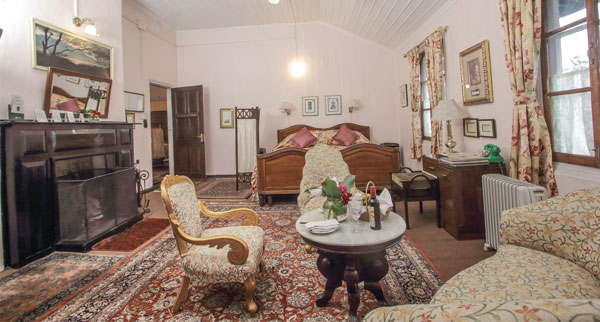
Darjeeling and West Bengal
Don’t fancy a dunking? Those who prefer dry land will love Darjeeling in West Bengal. Close to the Nepalese border, it’s a town built on mountaineering. At Darjeeling’s Himalayan Mountaineering Institute, built to honour sherpa Tenzing Norgay, there’s a museum filled with examples of the scarily basic equipment used by Everest’s first conquerors.
It takes four hours to get there from Bagdogra airport – itself a two-hour flight from Delhi – to Darjeeling. Nearing the city, I spot the Unesco-listed Darjeeling Himalayan Railway, with its colourful steam train chugging along the narrow track. Although there’s a similar railway in the Himachal Pradesh town of Shimla, this one has the world’s second-highest station, and a ride is a highlight of many northern Indian tours. They include Explore’s Inside the Hidden Kingdoms tour, which also stops at the Bhutanese rafting hotspot of Punakha.
“Nearing the city, I spot the Unesco-listed Darjeeling Himalayan Railway, with its colourful steam train chugging along the narrow track.”
Much of Darjeeling (including several schools and tea plantations), was built by the British. Reminders are everywhere, from the red postboxes to Glenary’s Bakery, with its old-fashioned telephone box and homemade pastries.
My base, the Windamere Hotel (the spelling is intentional, to avoid confusion with UK-based rivals), is a rambling mansion and former boarding house for British tea planters. It’s an explosion of Britishness: antique telephones, afternoon tea served by frilly apron-wearing waitresses and Sunday lunches with all the trimmings.
I plump for a trek with Darjeeling’s top local activity provider, Adventures Unlimited, set up by Irish ex-pat Catherine Canavan and her Nepalese husband Gautam. They don’t currently pay commission to agents, but are a useful source of local knowledge for clients who want to add a bit of activity to an independent Indian adventure.
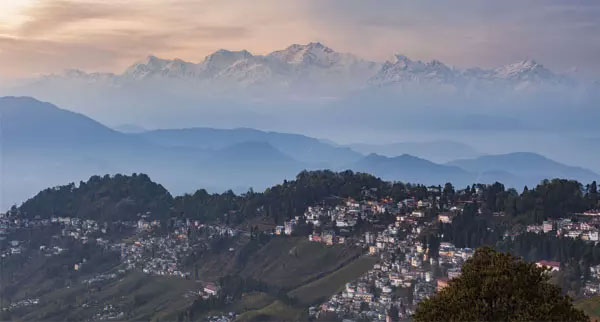
Canavan tells me that although most customers come to trek, their bicycle-based excursions are proving increasingly popular, as are their motorbike tours. But it’s the trekking I’m here for.
I rise early and meet my guide, Tenzi, before driving to Maneybhanjang, near the Nepalese border, where he registers my passport to allow me to hike into Nepal. At nearby Dhotrey, we enjoy a breakfast of dumplings and tea, served by a woollen hat-wearing Nepalese woman whose breath I can see in the cold morning air.
We set off along a path winding through forests of japonica trees, planted by the British who exported tea in crates made from this wood. Tenzi hands me sprigs of wild garlic to sniff, points out bright red rhododendrons and wild strawberries, and chats to local boys slicing off lengths of bamboo to sell to hikers as walking sticks.
“We enjoy a breakfast of dumplings and tea, served by a woollen hat-wearing Nepalese woman whose breath I can see in the cold morning air.”
We pass Tonglu, both a hamlet and a peak in the Singalila mountain range. In the 19th century, British botanist Joseph Hooker came here to collect specimens for Kew Gardens.
We cross into Nepal and I spot a tiny white building adorned with Buddhist prayer flags. Tenzi opens the door to show me a beautiful, spinning prayer wheel, and over lunch we look at photos of animals he’s spotted on this route – red pandas, panthers and bears among them.
After 12 miles, the trek ends. I collapse into the jeep, only to be woken by Tenzi urging me to look out the window. The mist has cleared to reveal the distant outline of Kangchenjunga, on the India-Nepal border.
It’s the world’s third-highest mountain. Using my camera zoom, I can clearly see its deep crevasses and magnificent, snow-covered mountain ridges. Who needs Everest?
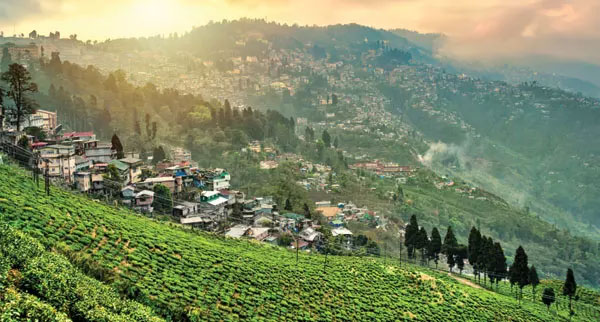
Sample product
Virgin Atlantic offers flights from Heathrow to Delhi from £375 return.
virginatlantic.com
Exodus offers a 14-night Darjeeling, Sikkim & the Singalila Ridge trip, which includes a visit to Darjeeling, a ride on the Darjeeling Himalayan Railway and a trek to Singalila Ridge. From £2,249 per person including flights from London.
exodus.co.uk
Intrepid Travel’s 11-night Hike, Bike and Raft tour includes rafting in Rishikesh and a trek to Uttarakhand’s Deoria Tal lake. From £1,436, excluding flights.
intrepidtravel.com/uk
When to go
Northern India’s climate is incredibly varied. The best time for rafting near Rishikesh is between September and November. Activities are largely suspended during monsoon season, from July to September.
Many trekkers visit this part of India during spring and early summer, when temperatures vary between 20C and 35C.
The best time to trek in Darjeeling is between October and March, when visibility is good. Between April and June, expect highs of around 25C, with occasional rainfall.
Ask the experts
“Made up of mountainous, forested terrain, the Uttarakhand province is stunningly beautiful, with an array of opportunities for active travellers. The Himalayan peaks and glaciers are what the area is known for, and there are amazing opportunities to hike or cycle. And a trip wouldn’t be complete without a yoga and meditation experience.”
Meghan Verbeek, destination manager, India, Nepal, Sri Lanka and Bhutan, Intrepid Travel.
“Darjeeling, famous for its tea, boasts awesome views of the Himalayas and has a unique atmosphere thanks to a mixture of influences from nearby Bhutan and Nepal. A visit to Darjeeling is a highlight on any trip to northern India.”
Glyn Thorneloe, product manager, Explore
Read more
Adventure in lesser-known Guyana, South America
Exploring the wilderness in the Pantanal, Brazil
Kick back and relax in Kerala, India’s southern state

